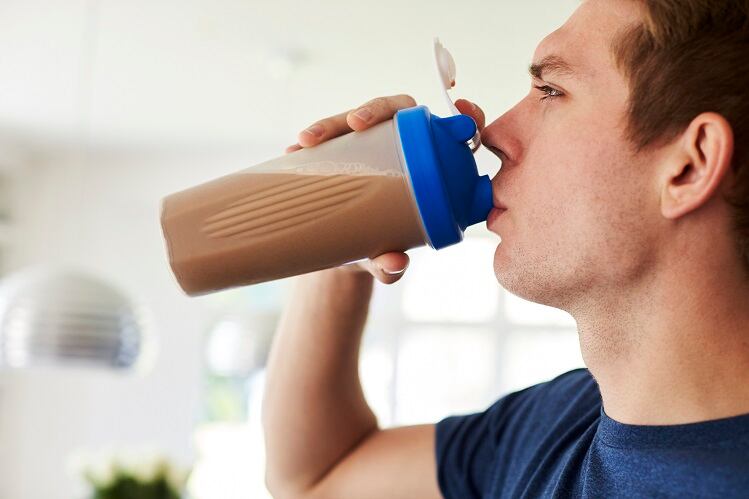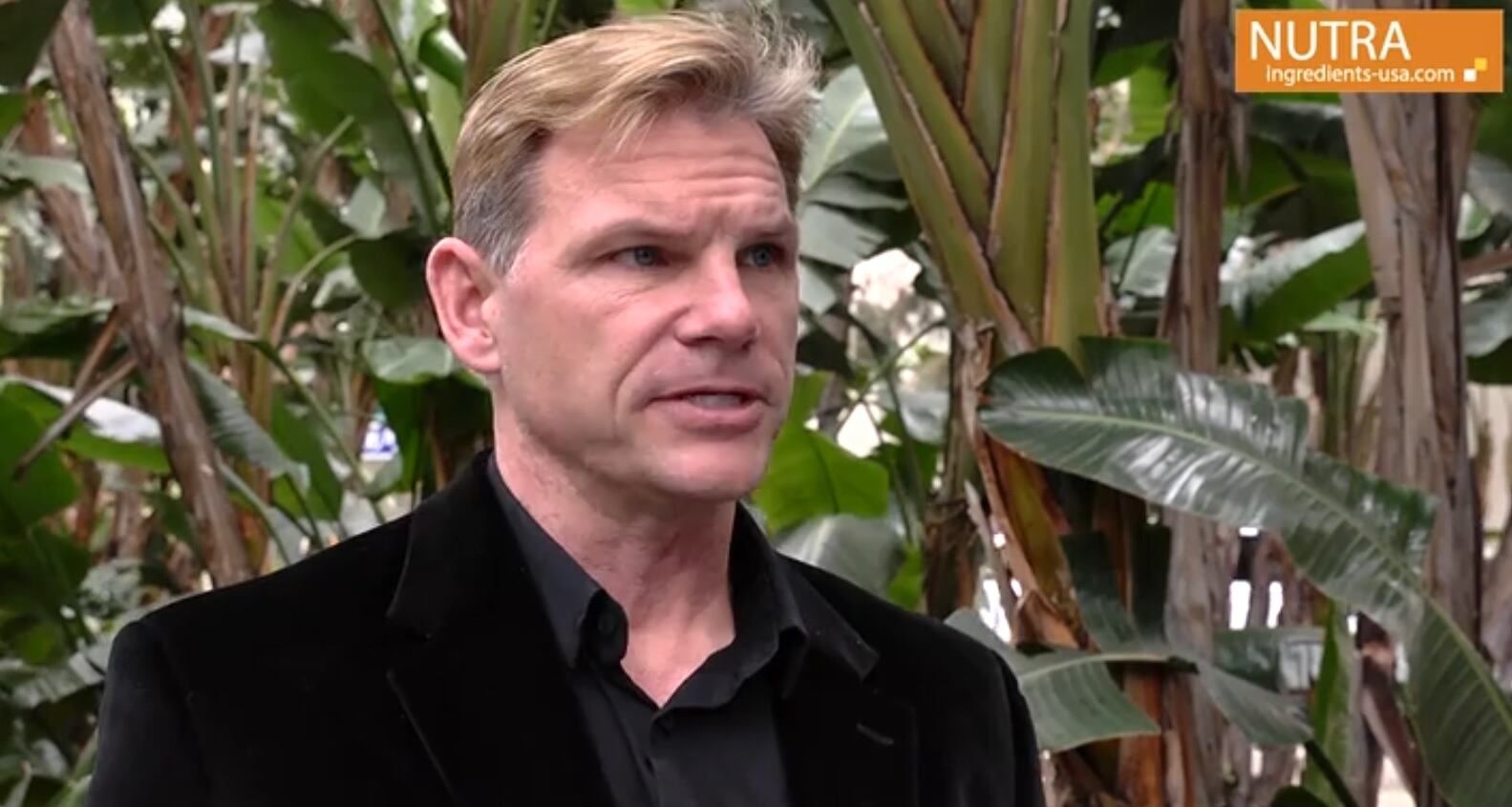Quest Nutrition is a nine-year old company that came to market with a line of low-sugar protein bars. Today, its products can be found everywhere from convenience stores like 7-Eleven to club stores like Sam’s Club to supplement stores like the Vitamin Shoppe.
Its flagship products are the usual suspects for protein: bars, powders, and lately, cookies. But last year, Quest diversified its product portfolio to include tortilla style protein chips and frozen thin-crust pizzas.
Served piping hot to attendees at the Natural Products Expo West earlier this month, Quest Nutrition showcased the various flavors of its new pizzas, launched July last year, in which the protein is added to the crust and comes not just from the toppings.
“[We want to] provide high protein, low carb options across a wider range of occasions and dayparts,” Quest CEO Dave Ritterbush told us.
The company is responding to consumer demand—US shoppers really do want to get protein in everything.
Continued product development in the space is one testament to this. Protein fortification has encroached the snack space in the past few years. Protes has a line of protein chips and popcorn; Muscle Mac launched a line of protein-rich instant mac & cheese; and PepsiCo-owned Health Warrior has protein mug muffins.
“The last decade, it’s been a decade of protein. Protein is everywhere, you see it fortified into foods, and there are a lot of call-outs about protein,” Dr Rob Wildman, chief science officer at Post Active Nutrition said in a recent interview. The company he works for owns PowerBar and Premier Protein. Dr Wildman also sits as head of the International Protein Board.
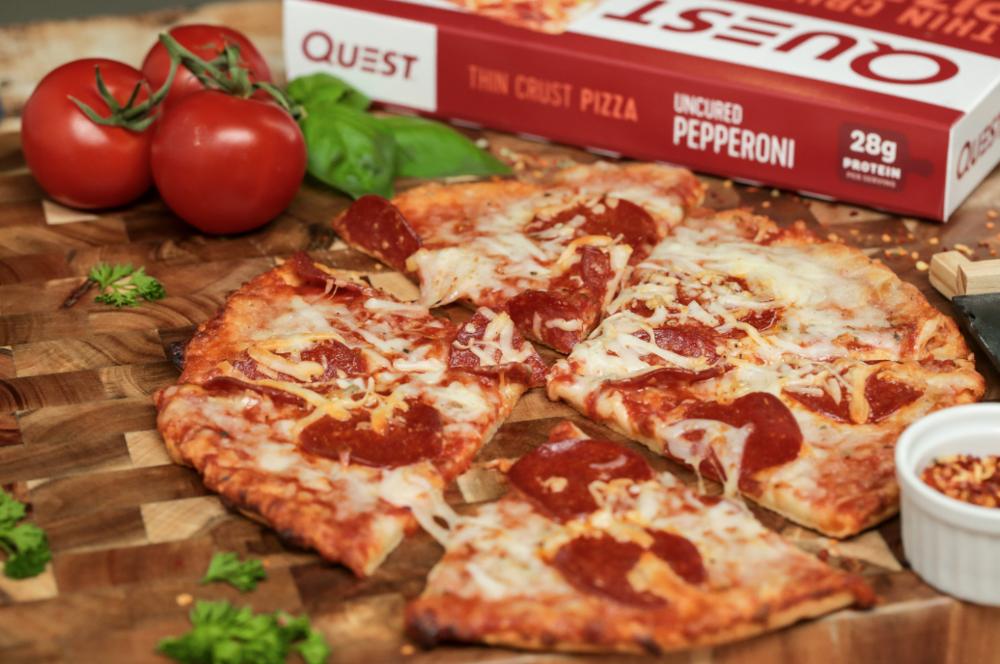
At Expo West, California snack company Earnest Eats introduced a protein toaster pastry called Earnest Pro Toastys.
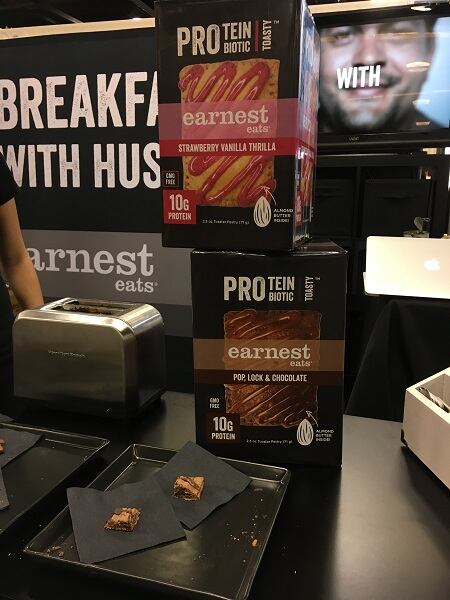
“The toaster pastry category has been without news for quite some time, and some current options have as much sugar as a can of soda,” Earnest Eats president and founder Andrew Aussie told us.
“We saw the merging needs of protein and portability as an opportunity to reawaken the category with a fresh approach.”
The product contains almond butter and collagen (a star ingredient in the packaged foods sector right now), and, at 10 g of protein per serving, “delivers as much protein as two eggs,” Aussie said.
Consumer perception of protein remains strong
Companies are making more protein-rich products because consumers are buying more of them.
“Consumer perception of protein as an important nutrient has remained strong, evidenced by the continued increase in sales of products that feature protein as a functional ingredient across food and beverage categories,” said Michelle Gillespie, natural insights analyst at SPINS, a market research company.
SPINS data shows that sales for products with protein as the primary functional ingredient grew 5.8% overall, with the fastest percentage growth in the Natural Channel of retailers (excluding Whole Foods) at 9.6%. This means sales increases for products, whether cereal, jerky, candy, or cakes, that has dairy or plant protein as the primary ingredient. (The numbers exclude baby formulas).
“Popular dietary and lifestyle trends that focus around fitness and weight loss have contributed to protein’s success, along with its ability to contribute to satiety and keep energy levels constant throughout the day,” she added.
This demand has also fueled innovation and investment in the plant-based protein space, especially in beverages.
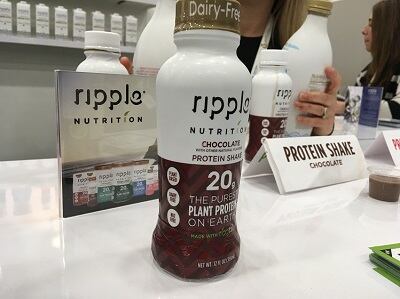
“[At Expo West] the general trend is towards plant-based proteins (pulse, grains, nuts, etc.) and away from soy and dairy protein,” said Howard Telford, head of soft drinks at Euromonitor International, another market research company. “By plant-based nutrition I mean thick, nutrient-dense, plant-based drinks that are high in protein.”
Examples at the show included Rebbl’s pulse plus sunflower blend, Powerful Drinks’ Greek yogurt-based RTD with 20 g of protein per serving, as well as Ripple's new 20 g RTD protein.
“For consumers that require additional protein in their diets for sports or athletic nutrition, these lighter RTD protein waters can be a good, palatable alternative to the mess of mixing soluble protein powders at home,” he added.
Carb’s downfall makes protein’s health halo glow
Quest’s Ritterbush argued that protein’s health halo comes from US consumers moving away from empty calories in sugar and starches.
There is a need for global harmonization of protein recommendations: IPB chief

26-Mar-2019 By Stephen Daniells
Scientific and technology advances, coupled with the increased consumer interest, means that there is a need to update and harmonize the recommendations for protein intakes around the globe, says Dr Rob Wildman, head of the International Protein Board and chief science officer for Post Active Nutrition.
“Studies show that consumers, especially active ones, are not getting enough protein in their diets,” he said, citing a February 2019 analysis on NHANES data that found that 46% of older adults were not meeting protein intake recommendations.
The analysis was conducted by researchers at Ohio State University and Abbott Nutrition, maker of nutritional products such as Ensure, EleCare, and Glucerna.
“With the emergence of new formats, especially ones that replace unwanted carbs and sugar, consumers can now get the nutrition their body needs, even while eating the foods they love, such as pizza, cookies, and chips,” Ritterbush added.
Many people disagree with the notion that Americans aren’t getting enough protein. One of them is Dr Lisa Young, RDN, an adjunct professor of nutrition at New York University Steinhardt and author of Finally Full, Finally Slim.
“People think incorrectly that they can eat as much protein as they want and that the calories don't count,” she said.
Because of the vilification of carbohydrates, protein has stepped in for many consumers as the sole answer to weight loss, building muscle, youth, and many other things.
Dr Young thinks the protein trend in CPG will continue for a while. “People think if a food is high in protein, it ought to be healthy.”
She added: “Americans already eat too much protein. We don't need more. It will not make us healthier, it will more likely provide unnecessary nutrients.”

